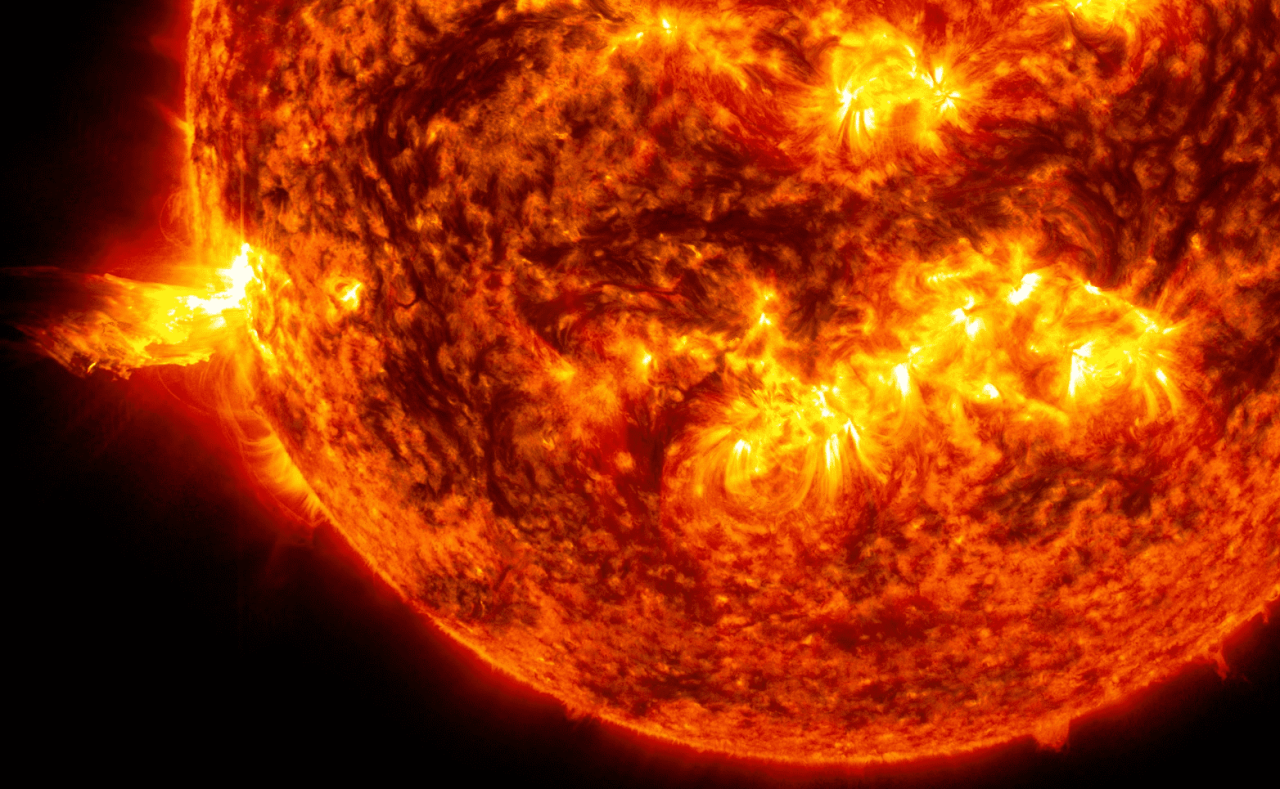For over half a century, fusion energy has been the holy grail of clean energy, a dream of limitless, safe, and carbon-free power that could solve the world’s most pressing energy and climate challenges. Scientists have long known how to unlock the power of a star on Earth, but the immense technical and engineering hurdles have kept the promise of fusion confined to the laboratory. What was once a distant dream is now on the cusp of a major breakthrough. Recent scientific achievements, coupled with a massive influx of private investment, have created a new sense of urgency and momentum, moving fusion from the realm of pure science to a viable commercial reality.
This is not just a technological advancement; it is a profound paradigm shift that could fundamentally reshape our relationship with energy and our planet. It promises a world of abundant, clean power that is not dependent on fossil fuels or nuclear fission’s long-term waste problems. This article will provide a comprehensive guide to the science of fusion, the key approaches to its development, the recent breakthroughs that have propelled the field forward, the business and investment landscape that is driving its commercialization, and the profound challenges and implications that this new technology holds for the future of humanity.
The Science of Fusion

To understand the power of fusion, one must first grasp the difference between it and nuclear fission, the technology used in today’s nuclear power plants. Nuclear fission is the process of splitting heavy atoms, such as uranium, into smaller, lighter atoms. This process releases a massive amount of energy, but it also creates long-lived radioactive waste that must be stored for thousands of years.
Nuclear fusion, by contrast, is the process of combining two light atoms to create a heavier one. This is the same process that powers the sun and all other stars. The fuel for fusion is typically two isotopes of hydrogen: deuterium and tritium. These are incredibly common elements; deuterium can be extracted from seawater, and tritium can be produced from lithium. When these two atoms are heated to a temperature of over 100 million degrees Celsius, they combine to form a helium atom, releasing a massive amount of energy in the process. The process is clean, safe, and produces no long-lived radioactive waste.
The immense challenge of fusion is not in creating the reaction; it is in containing the plasma that is hotter than the sun for a long enough period to produce more energy than is consumed.
Key Approaches to Fusion Energy
Over the last half-century, scientists have developed a number of different approaches to solve the problem of plasma confinement. Each approach has its own unique set of technical and engineering challenges, and each has its own set of passionate proponents.
A. Magnetic Confinement Fusion (Tokamaks):
This is the most famous and widely researched approach to fusion. A tokamak is a large, donut-shaped vacuum chamber that uses incredibly powerful magnets to contain a superheated plasma. The magnets create a powerful magnetic field that confines the plasma, keeping it away from the walls of the chamber.
- Major Projects: The most famous and ambitious tokamak project is the International Thermonuclear Experimental Reactor (ITER), a massive, multi-billion dollar international project that is being built in France. The goal of ITER is not to produce electricity but to prove that it is scientifically and technologically possible to produce a fusion reaction that generates more energy than is put into it.
B. Inertial Confinement Fusion:
This approach is fundamentally different. Instead of using magnets to contain a plasma, it uses powerful lasers to compress and heat a small pellet of hydrogen fuel to a state of plasma. The lasers are so powerful and the compression is so rapid that the fuel reaches a state of plasma before it has a chance to expand.
- Major Projects: The most famous inertial confinement project is the National Ignition Facility (NIF) at Lawrence Livermore National Laboratory in the U.S. The NIF uses 192 powerful lasers to heat and compress a tiny pellet of hydrogen fuel to a temperature of over 100 million degrees Celsius, with the goal of creating a fusion reaction that generates more energy than is put into it.
C. Alternative and Hybrid Approaches:
While tokamaks and inertial confinement are the two most famous approaches, a new generation of startups and research institutions is exploring a number of alternative and hybrid approaches that are challenging the traditional models.
- Stellarators: Stellarators are similar to tokamaks, but they use a more complex, twisted magnetic field to contain a plasma. This approach is more stable, but it is also more complex to design and build.
- Magnetic Mirrors: This approach uses a long, cylindrical vacuum chamber with powerful magnets at each end to contain a plasma. This approach is simpler than a tokamak, but it has historically been less efficient.
- Dense Plasma Focus: This is a much smaller and more compact approach that uses an electrical discharge to create a plasma. This approach is more efficient and more compact, but it has historically been less powerful.
A Shift in Momentum
For decades, the field of fusion energy was plagued by a sense of skepticism and a string of failed promises. That has changed. A number of recent scientific breakthroughs have created a new sense of momentum and a renewed sense of optimism.
- NIF’s Fusion Ignition: In a monumental achievement, the National Ignition Facility in the U.S. successfully achieved “fusion ignition” in 2022. This was the first time in history that a fusion reaction had generated more energy than was used to start it. While the ignition was for a fraction of a second and did not produce electricity, it was a profound scientific milestone that proved that fusion is no longer just a scientific dream but a technological reality.
- Advances in Superconducting Magnets: Recent advances in superconducting magnets have made it possible to build a new generation of smaller, more powerful tokamaks. This could dramatically reduce the cost and size of a fusion reactor, making it more feasible to build a commercial fusion power plant.
- Private Investment: The recent breakthroughs have triggered a massive influx of private investment. A new generation of fusion startups, backed by billions of dollars in venture capital, is now racing to build a commercial fusion power plant. This is a profound shift from a world of government-led research to a world of commercial enterprise.
The Business and Investment Landscape

The commercialization of fusion energy is now a multi-billion dollar business, with a vibrant ecosystem of companies, investors, and research institutions.
- Venture Capital: A new wave of venture capital is pouring billions into fusion startups. These investors are betting that the recent breakthroughs will lead to a new era of clean energy and that the first company to build a commercial fusion power plant will be a trillion-dollar company.
- The Fusion Startups: A new generation of fusion startups is emerging, each with its own unique approach to the technology. Companies like Commonwealth Fusion Systems (CFS) are building a new generation of smaller, more powerful tokamaks, and companies like Helion Energy are building a new type of compact fusion reactor that uses a hybrid approach.
- Government Support: While private investment is driving the commercialization, governments are still playing a crucial role. The U.S. government, for example, has launched a number of initiatives to support fusion research and development, and the Department of Energy has launched a new program to support fusion startups.
The Challenges of Commercialization
Despite the recent breakthroughs, the path to commercialization is not without its challenges. There are a number of significant technical, economic, and regulatory hurdles that must be overcome.
- Engineering Challenges: The engineering challenges of building a commercial fusion power plant are immense. The reactor must be able to withstand temperatures of over 100 million degrees Celsius and must be able to contain a plasma for a long enough period to produce electricity.
- High Initial Cost: The cost of building a fusion power plant is immense, and it will be a major barrier to adoption. The first fusion power plants will likely be a multi-billion dollar investment, and the cost of electricity from these plants will be high.
- The Regulatory Vacuum: The existing legal and regulatory framework for nuclear energy was designed for a world of nuclear fission. It is a poor fit for a world of fusion energy, which is fundamentally different. A new legal and regulatory framework will need to be created to govern the safety, licensing, and operation of a fusion power plant.
Conclusion
The pursuit of fusion energy is a testament to the human spirit of innovation and the power of scientific discovery. For decades, it was a distant dream, but now, thanks to a new generation of breakthroughs and a massive influx of private investment, it is a viable commercial reality. The challenges are formidable, but the potential rewards are immense.
The successful commercialization of fusion energy would not just solve the climate crisis; it would fundamentally reshape our relationship with energy and our planet. It would provide a world of clean, abundant power that is not dependent on fossil fuels or nuclear waste. It would be a new era of energy security, where a country’s energy independence is not dependent on a foreign power. The companies and governments that are leading this charge are not just building a new technology; they are laying the foundation for a new era of human destiny. The fusion revolution is here, and its arrival will fundamentally change our understanding of what is possible.





